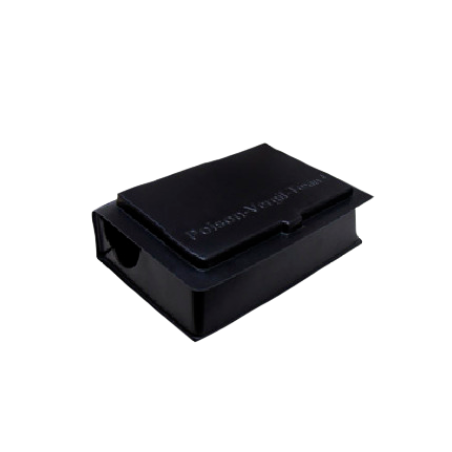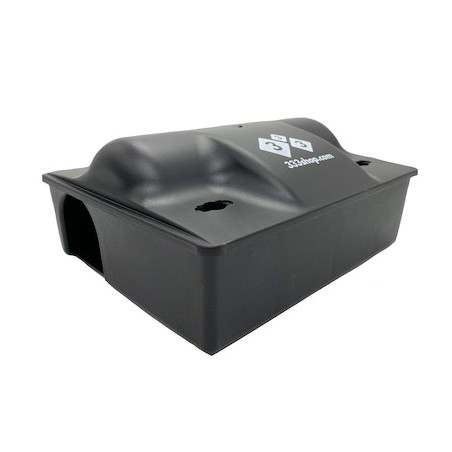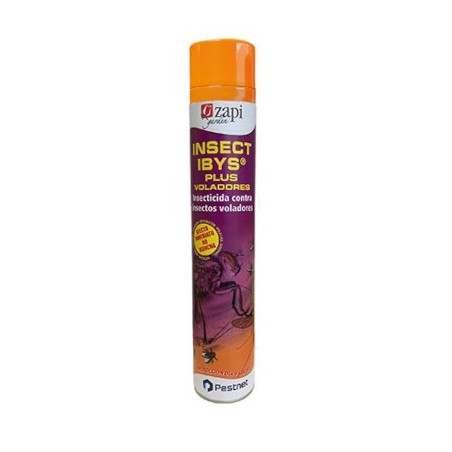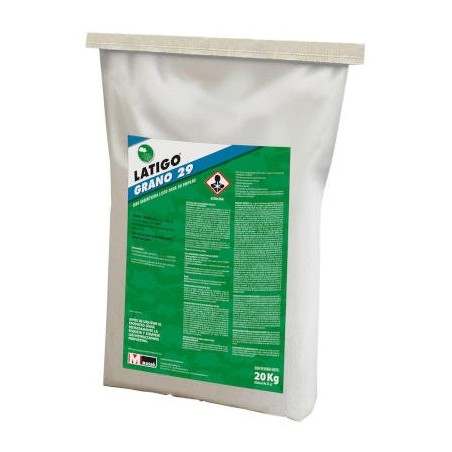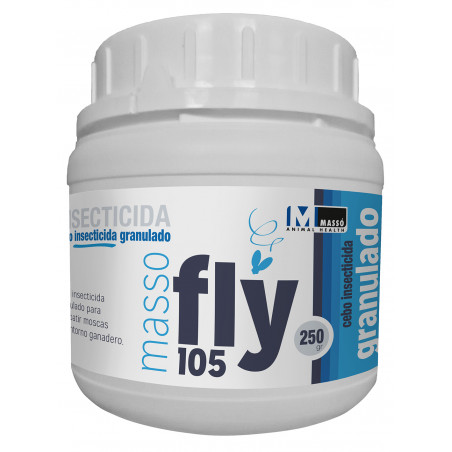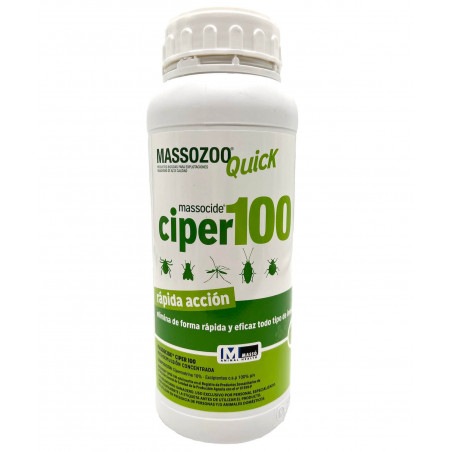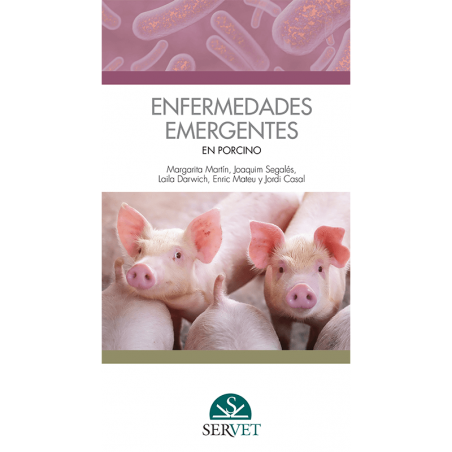Introduction
Infectious agents need to get transmitted from one host to another to survive. The transmission probability is the likelihood that the contact between an infective source and a susceptible host successfully transfers the microbe. This probability depends on the type of contact, the pathogen, the infectious and the susceptible host (Halloran, 2001). At the population level in the barn, flow or region, the transmission dynamics of a pathogen between pens, farms or systems usually defines disease’s clinical expression, economical impact and potential value of interventions. Interestingly, swine pathogens that are transmitted mostly through direct, pig to pig, contact such as Sarcoptes scabiei or Pasteurella multocida are generally contained with today’s biosecurity programs and pig flow strategies. In the other hand, pathogens using multiple routes of transmission including indirect contact through aerosol or contaminated fomites, such as foot and mouth disease virus (FMDV) or porcine reproductive and respiratory syndrome virus (PRRSV), seem to evade standard biosecurity programs (Desrosiers, 2011). Direct transmission plays a role in disease dynamics within herds, but indirect transmission of pathogens represents a significant challenge for the swine industry because the possibility of long distance transmission and introduction of foreign animal diseases, as well as the limited ability of diagnostic tests to detect agents in vectors compared to such in live pigs.


The contact
Disease transmission can occur through direct contact between the infectious and the susceptible hosts, e.g. nose-to-nose, or indirect contact when biological or mechanical vectors, air, water, food, facilities, equipment or people become contaminated by an infectious host and get exposed to a susceptible host while the microorganism is still infective. To understand the factors affecting the “speed of transmission”, it is useful to understand the basic reproductive number R0 defined as the expected number of secondary cases originated from a single infection in a completely susceptible population (Jones, 2007). When R0 is lesser than 1 the infection will eventually die out and when R0 is greater than 1 the infection will prosper in the population. For example, highly contagious agents such as PRRSV or swine influenza virus (SIV) are able to get transmitted faster between pigs, barns and farms than agents with lower transmissibility such as pseudorabies virus (PRV) or Brachyspira hyodysenteriae. The more contact between pigs (e.g. gestation pens), pens (e.g. open partitions) or farms (e.g. low biosecurity in high pig density areas), the faster diseases are transmitted. Similarly, the longer the infectious period (e.g. Actinobacillus pleuropneumoniae) the more susceptible pigs that could become infected from a single “shedder” compared to a microorganism with shorter duration of infectiousness such as transmissible gastroenteritis virus (TGEV).
When contaminated environment or vectors play a role in the transfer of microbes, other factors are involved. Agents with the ability to survive longer in the environment such as porcine cirvovirus type 2 (PCV2) or Ascaris suum are potentially capable of infecting more susceptible pigs than more fragile agents like mycoplasmas. Washing-disinfecting-drying protocols and all-in / all-out pig flow reduce the access of susceptible pigs to objects contaminated by infectious pigs compared to continuous pig flow.
The pathogen
Virulence can be interpreted as a measure of the speed with which a pathogen kills an infected host. When virulence is explored from a perspective of cost-benefit to the microorganism, cost can be defined as the ability of the pathogen to incapacitate the host and benefit as the ability to generate more progeny. It seems that nature favors organisms with less cost and more benefit; therefore, it is not the best interest of the pathogen to kill the host, or to kill too quickly. Only the most capable individual germs in a population survive, replicate and infect other hosts. The growth of several generations in a very short period of time allows the expansion of desired characters in the population. Thus, pathogens have evolved developing mechanisms to be shed for longer time or in higher quantities from the host, to survive longer in the environment or to be transmitted by multiple routes (table 1).
Table 1. Attributes associated with indirect transmission of some swine pathogens
| Agent | Infectiousness duration | Survivability in the environment | Infectious dose | Indirect transmission |
| PRRSV | Long | Low | Low/Intramuscular High/Intramuscular-Per Os |
Air, insects, meat, fomites, people |
| PCV2 | Long | High | Low | Facilities, fomites, tissues, mice? |
| SIV | Short | Low | Low? | Air, people, birds |
| PEDV | Short | High | High? | Facilities, fomites, vehicles, feed? |
| TGE | Short | Higher (winter) | Low/young Higher/older | Fomites, dogs, starlings, flies, cats?, foxes? |
| FMDV | Short (pigs) | High | ? | Domestic & wild ruminants, people, vehicles, fomites |
| CSF | ? | Medium | Low? | Air, people, meat, fomites, vehicles |
| PRV | Medium | High | High | Air, meat, facilities, vehicles |
| Mycoplasma hyopneumoniae | Long | Low | ? | Air,? |
| Actinobacillus pleuropneumoniae | Long | Low | ? | Air, people, facilities |
| Brachispira hyodysenteriae | Long | High | High | Rodents, people, facilities, water |
| Streptocuccus suis | ? | High | ? | Flies, birds, feed, fomites, air |
| Erysipelothrix rhusiopathiae | Long | Low | High | Birds, domestic & wild mammals |
Note: these grades are subjective estimates based on available literature to exemplify the concepts summarized in this abstract. More research is needed to determine specific values.
The host

The source of the pathogen is originally an infected pig population. Objects, insects, birds, people or other mammals exposed to this shedding herd become contaminated and potentially vectors for disease transmission. At the peak of the infection multiple transmission routes are possible, but usually at later stages of the infection a more intimate direct contact is needed to successfully transfer the infectious agent to a susceptible host. For example, PRRSV can be detected in aerosols usually for less than two months, in oral fluids for about three months but in tonsils for more than four months. Indirect transmission can play a role in endemically infected populations. In breeding herds with homogeneous immunity and perceived low shedding, the last few infectious individuals may contribute to perpetuate disease by contaminating vectors (Thompson et al., 2012). It has also been demonstrated that the magnitude and duration of shedding of certain pathogens can be reduced by antibiotic treatment or vaccination (Linhares et al., 2012). At the recipient population level, comprehensive biosecurity programs significantly reduce the risk of infection for most known swine pathogens; however, vaccination or antibiotics usually do not prevent infection.




